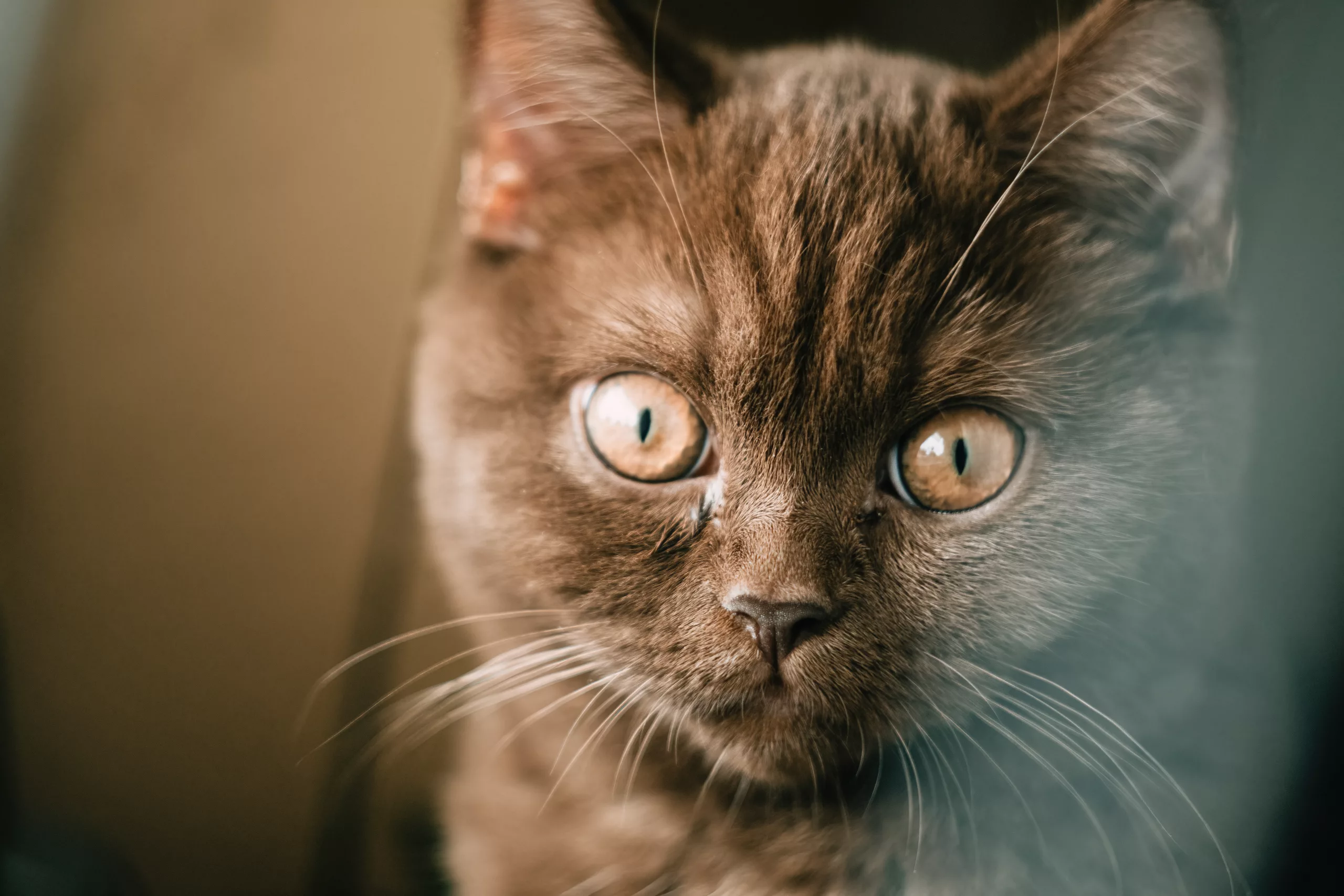Feline Dysautonomia in Cats
Introduction
Feline dysautonomia, also known as Key-Gaskell syndrome or feline idiopathic megacolon syndrome, is a rare and complex neurological disorder that primarily affects the autonomic nervous system of cats. This condition can have profound effects on various bodily functions, leading to significant health challenges for affected felines. Understanding the causes, symptoms, diagnosis, and treatment options is crucial for pet owners and veterinary professionals alike.
Causes and Pathophysiology
Feline dysautonomia is believed to result from damage to the autonomic nerves that control involuntary bodily functions such as heart rate, digestion, and respiratory rate. The exact cause of this nerve damage remains unclear, although various theories suggest potential viral, immune-mediated, or environmental factors contributing to its development. Cats living in specific geographic regions may have a higher incidence, indicating a possible environmental trigger.
Symptoms and Clinical Presentation
The clinical presentation of feline dysautonomia can vary widely, making diagnosis challenging. Common symptoms include:
- Gastrointestinal Dysfunction: Cats may experience severe constipation, megacolon (enlarged colon), and difficulty in passing feces due to impaired bowel motility.
- Autonomic Nervous System Dysfunction: This includes abnormalities in pupil size and response to light (anisocoria), abnormal tear production (keratoconjunctivitis sicca or dry eye), and irregularities in heart rate and respiratory function.
- Generalized Weakness: Cats may exhibit muscle wasting, weakness, and a general decline in overall health.
- Neurological Signs: These can include abnormal posture, gait abnormalities, and in severe cases, complete paralysis.
Diagnosis
Diagnosing feline dysautonomia often involves a comprehensive evaluation by a veterinary specialist. Key diagnostic steps include:
- Physical Examination: Assessing neurological function, gastrointestinal health, and overall condition.
- Diagnostic Imaging: X-rays or ultrasound to evaluate gastrointestinal abnormalities like megacolon.
- Laboratory Tests: Blood work to rule out infectious or inflammatory conditions, and specialized tests such as nerve conduction studies may be warranted.
Treatment Options
Unfortunately, there is no specific cure for feline dysautonomia, and treatment focuses on managing symptoms and supporting affected cats:
- Supportive Care: Providing supportive measures such as fluid therapy to maintain hydration and nutritional support to manage weight loss.
- Medication: Prescribed medications may include laxatives or stool softeners to alleviate constipation and other symptomatic treatments based on individual clinical signs.
- Monitoring and Management: Regular monitoring of gastrointestinal function, hydration status, and overall quality of life is essential. Adjustments to the treatment plan may be necessary based on the cat’s response over time.
- Environmental Considerations: Minimizing stress and providing a calm environment may help improve the cat’s comfort and reduce exacerbations of symptoms.
Prognosis and Long-Term Outlook
The prognosis for cats diagnosed with feline dysautonomia varies depending on the severity of clinical signs and response to treatment. Some cats may experience partial improvement with supportive care, while others may have a more guarded prognosis due to the progressive nature of the disease and potential complications like megacolon.
Conclusion
Feline dysautonomia presents a significant challenge for both veterinary professionals and pet owners due to its complex nature and variable clinical manifestations. Early recognition of symptoms, prompt veterinary evaluation, and a tailored treatment approach are crucial in managing this condition and improving the quality of life for affected cats. Ongoing research into the underlying causes and treatment strategies is essential to advance our understanding and management of this rare neurological disorder in felines.
World Eye Care Foundation’s eyecare.live brings you the latest information from various industry sources and experts in eye health and vision care. Please consult with your eye care provider for more general information and specific eye conditions. We do not provide any medical advice, suggestions or recommendations in any health conditions.
Commonly Asked Questions
It’s important to discuss any observed symptoms, medical history, and any recent changes in your cat’s environment or behavior to help guide the diagnostic process and treatment plan effectively.
Providing a calm, stress-free environment, ensuring adequate hydration, and closely monitoring for changes in health or behavior are crucial in supporting a cat with dysautonomia.
Prognosis varies widely depending on the severity of symptoms and the cat’s response to treatment, with some cases showing partial improvement and others having a more guarded outlook.
Yes, cats with dysautonomia may develop complications such as severe constipation, megacolon, and secondary infections due to compromised immune function.
Research into new treatments and therapies for feline dysautonomia is ongoing, but currently, there are no widely accepted experimental treatments or clinical trials available.
Treatment focuses on supportive care, symptomatic management, and monitoring of complications like gastrointestinal dysfunction and autonomic nervous system abnormalities.
Diagnosis typically involves a thorough physical examination, neurological evaluation, imaging studies, and sometimes specialized tests to assess autonomic nerve function.
There is no evidence suggesting that feline dysautonomia is contagious to other cats or pets.
Currently, there are no known methods for preventing feline dysautonomia due to its unclear etiology and complex nature.
Risk factors may include geographic location, environmental factors, and possibly genetic predisposition, though specific causes are still being studied.
news via inbox
Subscribe here to get latest updates !







